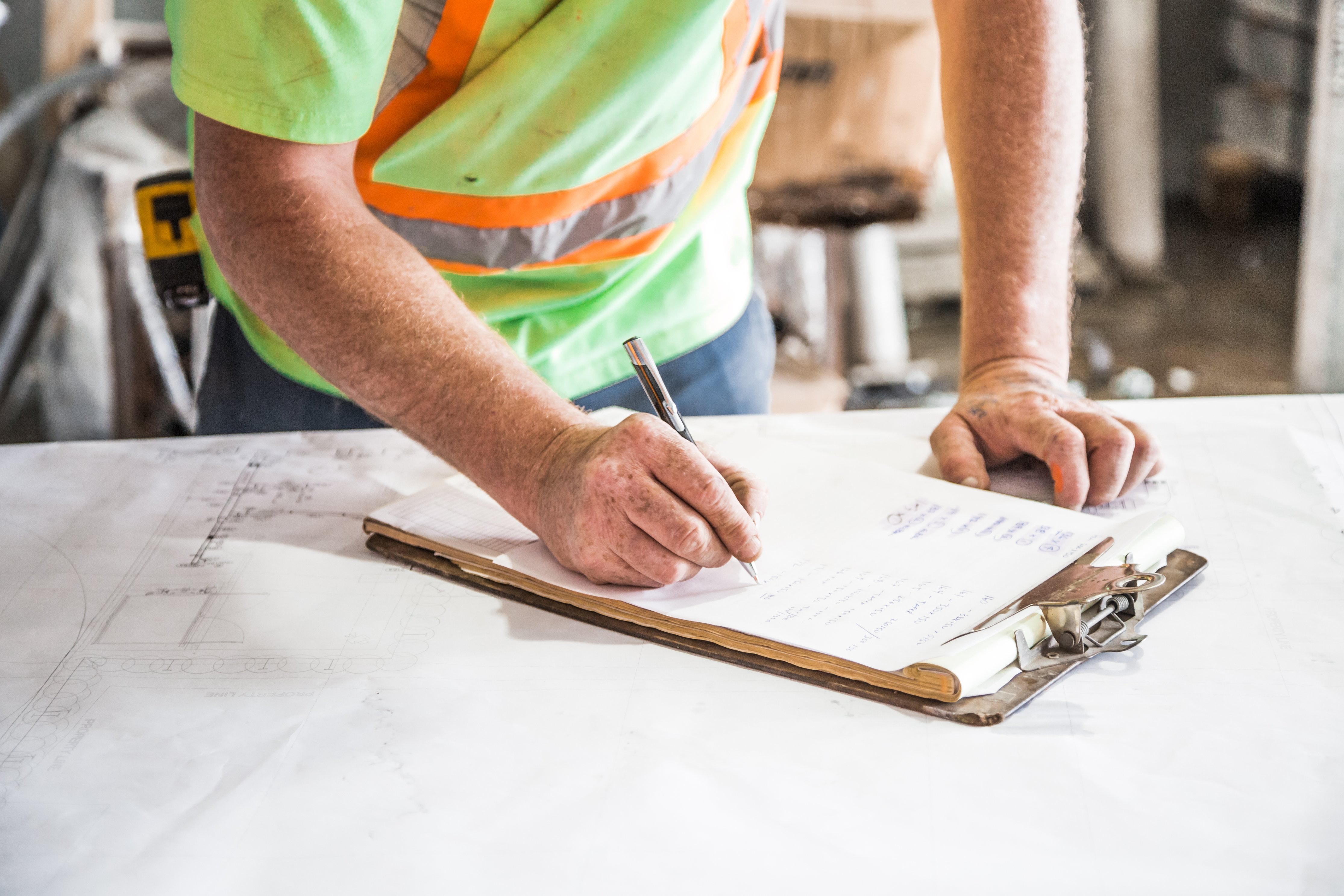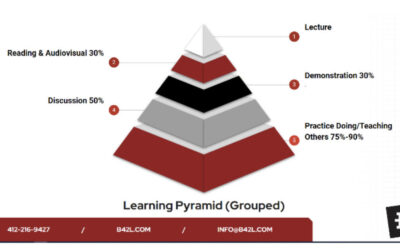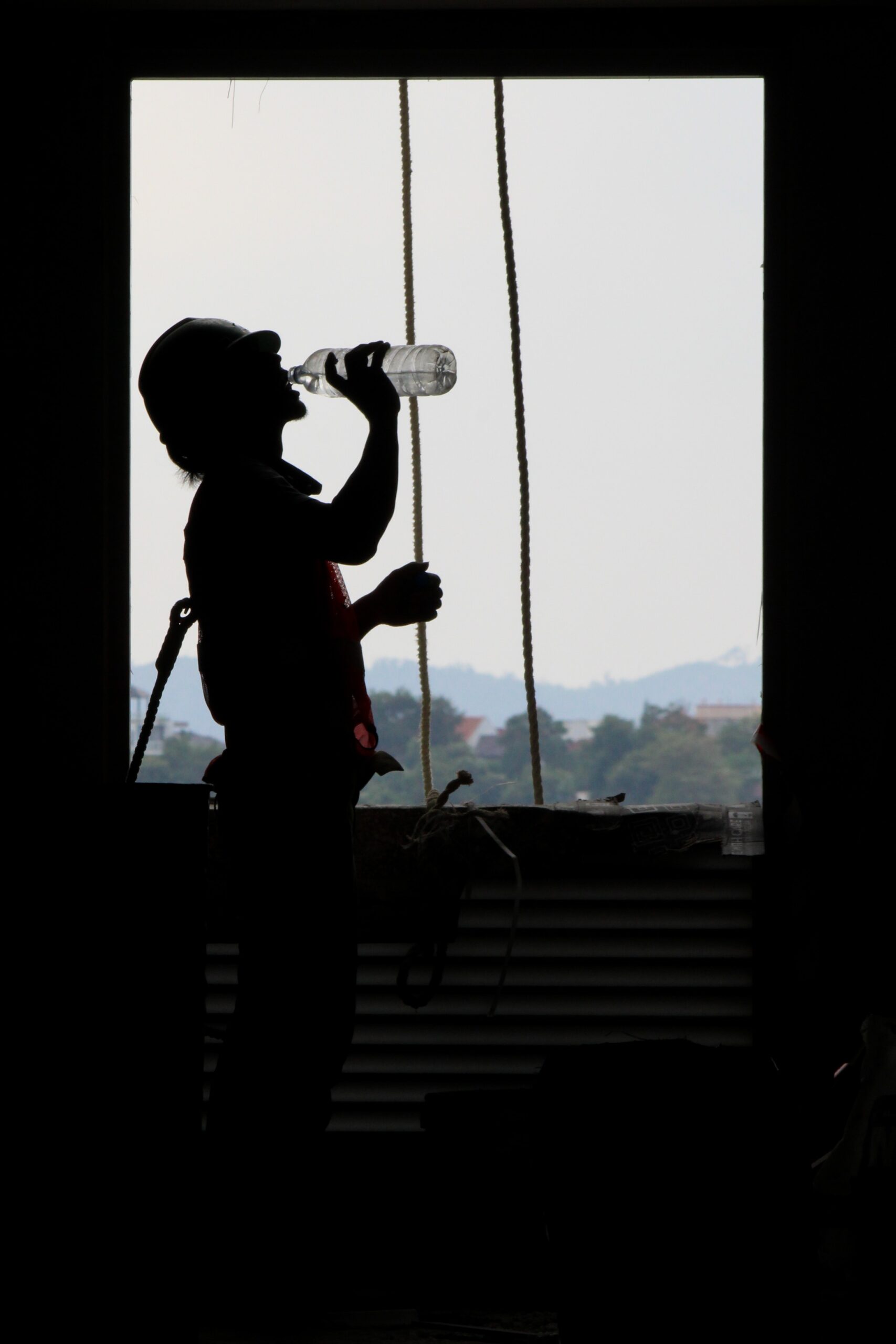Introduction:
If you are starting a job as a Safety Professional at a new workplace, or building a safety program for the first time there are a series of actions that need to be taken in order to keep people safe. The phrase “Risk Mitigation” can be thrown around with obvious action items that should be completed, but how do you prioritize what should be done vs. what needs to be done first. In this post we’ll discuss one strategy that can help you make decisions when assessing and mitigating risk.
Three Bucket Approach
When you arrive at the workplace or the jobsite it is important to conduct a Hazard Assessment. A hazard assessment is an evaluation of the workplace that aims to identify different workplace hazards, the sources of the hazards, and the potential severity of those hazards if left unaddressed.
As you conduct your hazard assessment and begin to identify hazards in your workplace, ask yourself these questions. They will help prioritize the order in which you should address the hazards in the workplace.
1. “Is this going to hurt or kill someone if it is left unaddressed?”
2. “Is this out of compliance?”
3. “What’s left?”
B42L utilizes this approach when conducting Risk Assessments for the simple reason that it is tempting to solve “low hanging fruit” items to showcase that you have accomplished something as a safety professional and are earning your keep.
Remember, your primary job as a EHS Professional is to eliminate/mitigate hazards in the workplace. Your second job is to communicate those remaining hazards and introduce injury/illness prevention methods according to all OSHA Standards.
Your To Do List after a Hazard Assessment
Bucket 1: If there are obvious hazards that could immediatly hurt or kill someone those need to be prioritized at the top of your “to do” list.
Bucket 2: If there are hazards that have that are technically OSHA compliant, but still have some level of risk, they need to be addressed next.
Bucket 3: There are hazards that don’t appear to pose immediate risk, you are compliant with all regulatory bodies, but you have a better solution to solve the problem. These items will make the workplace more apealing to workers, however they need to be prioritized after immediatly dangerous conditions and compliance items are addressed.
After you have your to do list, what next?
Eliminating & Mitigating Hazards
When attempting to eliminate & mitigate hazards employers have the duty and obligation to follow a series of steps to protect workers. Hazards must be attempted to be eliminated / mitigated according to the following practices:
- Through the use of engineering controls
- Through the use of administrative controls
- Through Personal Protective Equipment
This process of eliminating/mitigating hazards can be lengthy, costly, and frankly a headache. However dealing with workplace injuires/illnesses is more expensive and a bigger problem at the end of the day. Take time to introduce temporary solutions that will keep workers safe, while you work on instituting long term solutions.
Solicit your employees potential solutions to the inherint problems. More often than not, the people who are faced with the problem every day can provide the best solution to the problem.
Benifits of Third Party Risk Assessments
Bringing in a third party to conduct a Risk Assessment can provide a pluthera of benifits. The third party is unbiased, and can normally recognize hazards that otherwise could blend into the background. Think about how many times you travel your daily route to work. How many buildings, road signs, “disapear” into the background? Do you know every color of the house on your street? When you bring a third party consultant in to complete a Risk Assessment, their sole focus is to identify hazards in the area. They are unaffected from other distractions such as production, internal relationships, and company agendas that may take place on any given day. Additionally, this Risk Assessment can be done without increasing your premiums that many insurance companies may impose during their own Risk Assessment Inspections. Most importantly, when you bring in a third party to conduct a Risk Assessment, you are preventing potential incidents before they occur and impact your workers. There is no incentive for the third party to not address potential concerns. You recieve an honest evaluation and information that you can then act on.
Intrested in B42L Conducting a Risk Assessment for you?
We have worked in various industries and conducted risk assessments for unique partner work settings. If you are interested in learning more about B42L Risk Management Plans, reach out to info@b42l.com or call 412-443-7866 today!





